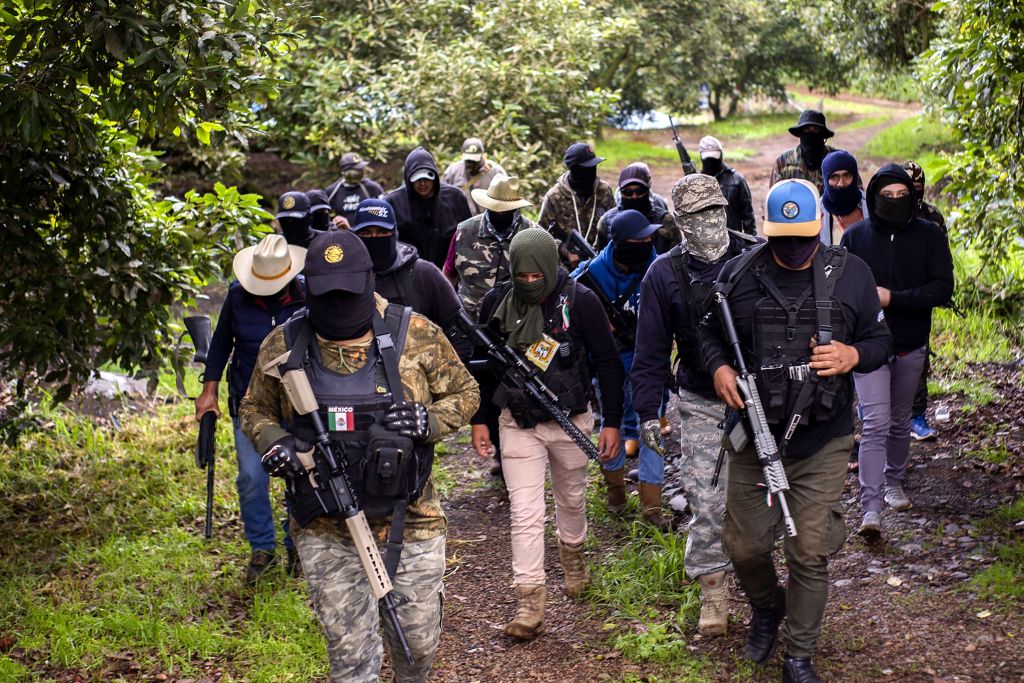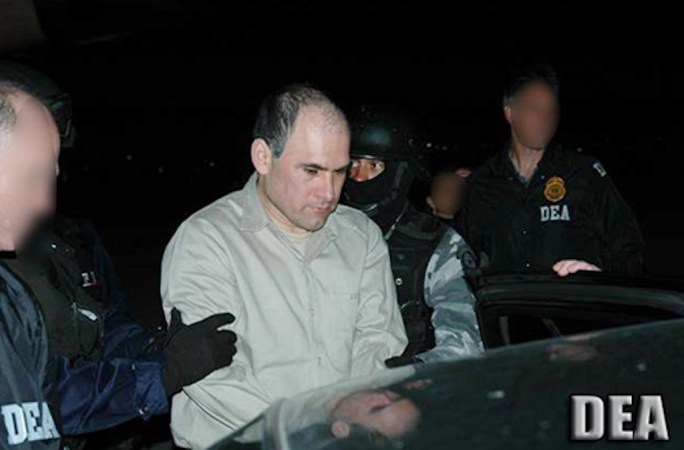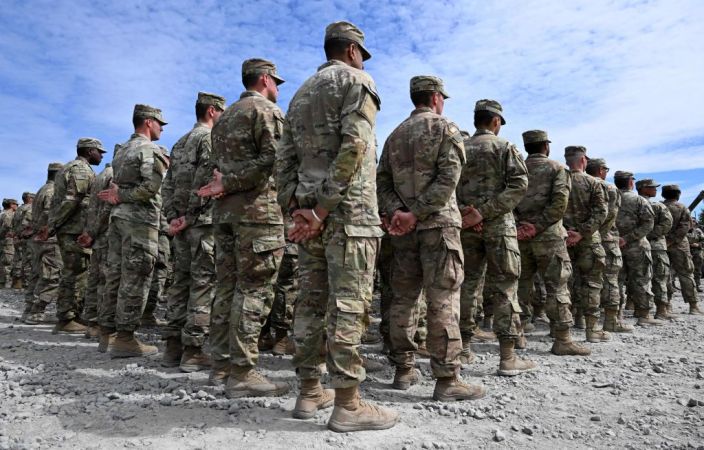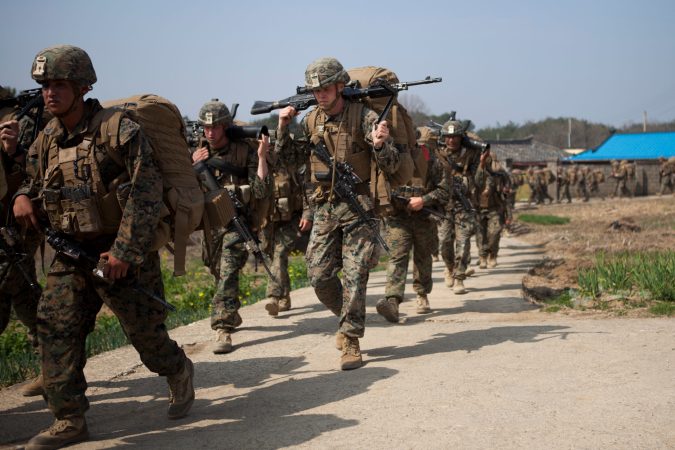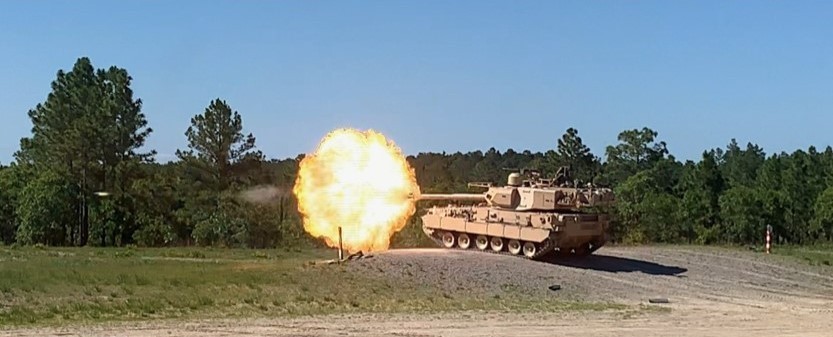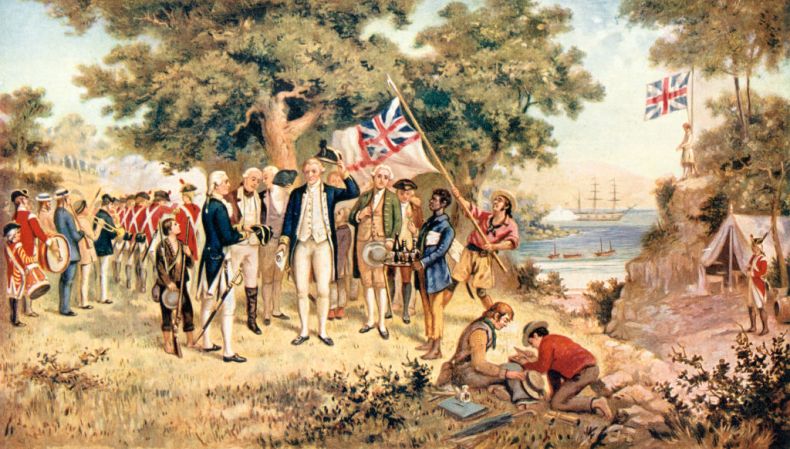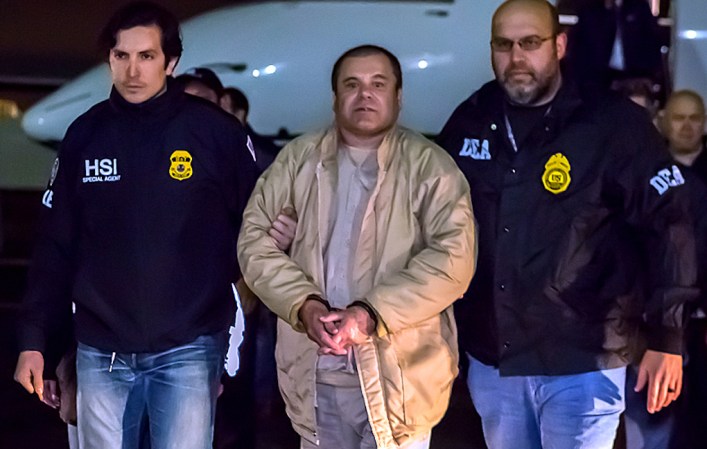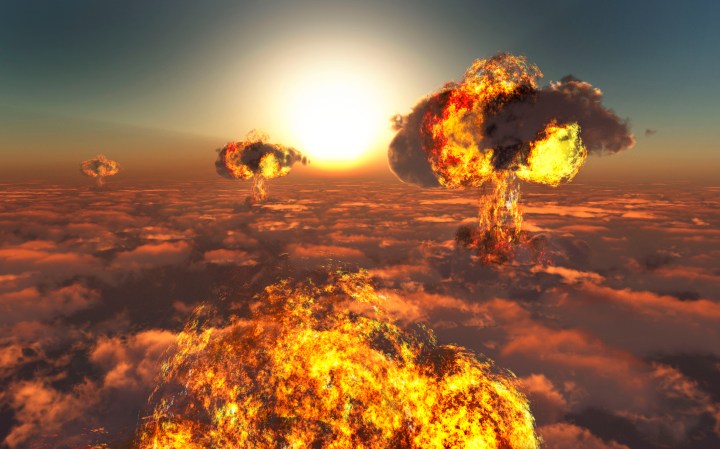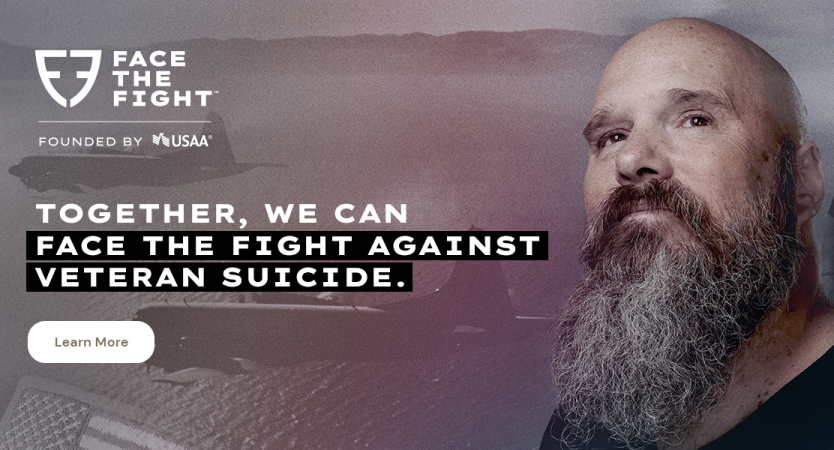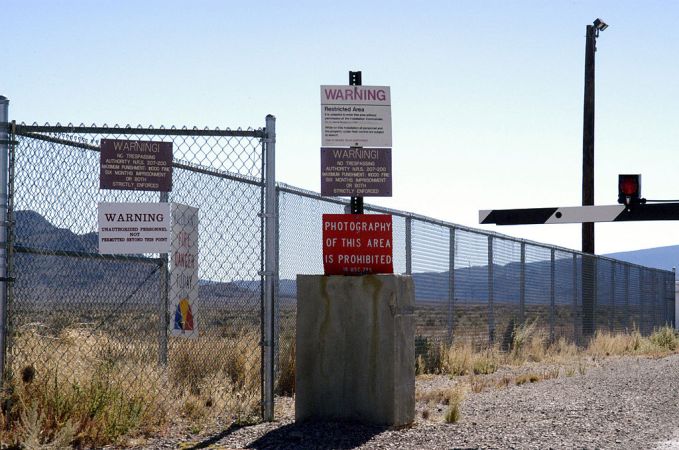One of the prominent topics among candidates at the first Republican presidential debate of the 2024 election season was using military force against Mexican drug cartels. It’s not a new idea and it’s not just Republican presidential contenders talking about it. Representatives Dan Crenshaw and Mike Waltz, both veterans, floated the idea. As did Sen. Tom Cotton.
Republicans see an attack on the cartels as a solution to the fentanyl crisis that killed 71,000 Americans in 2021 alone. The DEA has captured 379 million deadly doses of the synthetic opioid and says they come from two cartels, the Sinaloa and Jalisco, both from Mexico, but using chemicals from China. It’s a serious issue, but is military force the real answer? After more than 20 years of constant war, using the U.S. military to attack the drug cartels might be a serious misstep.
Here are 4 reasons why the US shouldn’t use the military to fight Mexico’s drug cartels
1. “The Iron Law of Prohibition”
In 1986, a pro-cannabis activist and researcher published an article called “How Narcs Created Crack,” which traces the history of drug enforcement against how smugglers and cartels work to get around that enforcement. That article coined the term “The Iron Law of Prohibition,” which suggests that as law enforcement cracks down on drugs, moving the illicit substances becomes more costly. The cartels respond by making the substances smaller, harder to detect, and more potent.
When the Treasury Department started stopping beer and wine shipments, smugglers began importing rum. When coca tea became illegal, cartels started making powder cocaine. When the U.S. began interdicting cocaine, cartels began making crack. Then, opium led to heroin, which led to fentanyl, and so on. The theory says that stricter enforcement will only lead to a more concentrated substance.
2. We’ve tried military cooperation before.
Between 2000 and 2021, the United States spent around $12 billion on Plan Colombia, an effort to fight the country’s drug cartels and long-standing rebel group, FARC. By training Colombia’s military and police, it was believed the U.S. could cut off cocaine production. It was successful in bringing FARC to peace negotiations, but not entirely. Drug armies still operate in parts of the country.
The anti-narcotics efforts were an abject failure. Not only did Plan Colombia not reduce cocaine cultivation and production, it actually increased. The joint effort was successful in eradicating large swathes of coca fields, but the Colombians just grow it somewhere else.
During the War in Afghanistan, with a sizable U.S. military presence in the country, Afghan farmers began growing opium poppies on four times as much land in 2018 as it did in 2002.

3. The War on Drugs was a failure.
The World Economic Forum lists Latin America as the world’s most violent region, and the bulk of the violence there stems from the drug trade and drug enforcement. As countries began criminalizing drugs, the world body says, prison populations skyrocketed, violence in the region (including the U.S.) increased, and the only thing the cartels saw was a $20 billion increase in profits.
The drug supply is the same as it was 40 years ago, the worldwide supply chain of illicit substances is stable, and more people are using them every year. No increase in funding or manpower has made a dent in the drug trade since it began under President Richard Nixon.
4. We know it will lead to more violence because it already has.
Starting in 2006, Mexico began its Kingpin Strategy, created by the U.S. Drug Enforcement Agency, targeting criminal leadership in its most dangerous illicit groups, basically trying to decapitate the Mexican cartels. An immediate spike in violence was proof positive that the strategy had disrupted the cartels’ business, but not in the way Mexico expected. As mentioned, drug outputs and profits remained stable. It was violence that increased.
What the strategy actually did was create power vacuums and infighting that led to more, smaller criminal groups who are longer just fighting over illegal substances; they’re also fighting over legal commodities. It’s a chaotic mess of feuds and gangs that is even more difficult to untangle.

